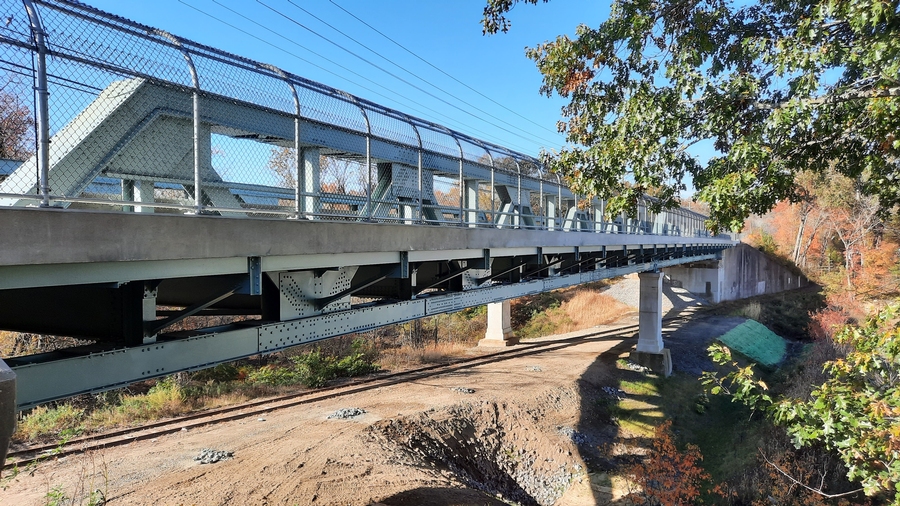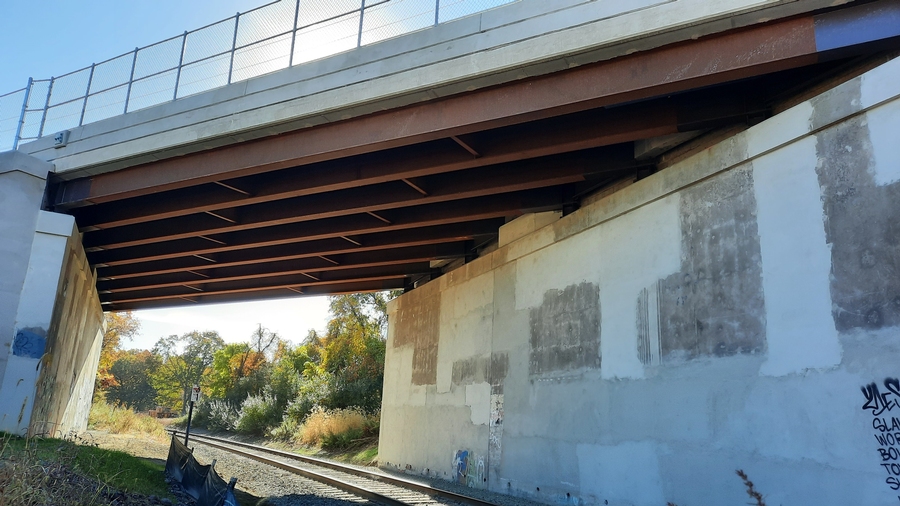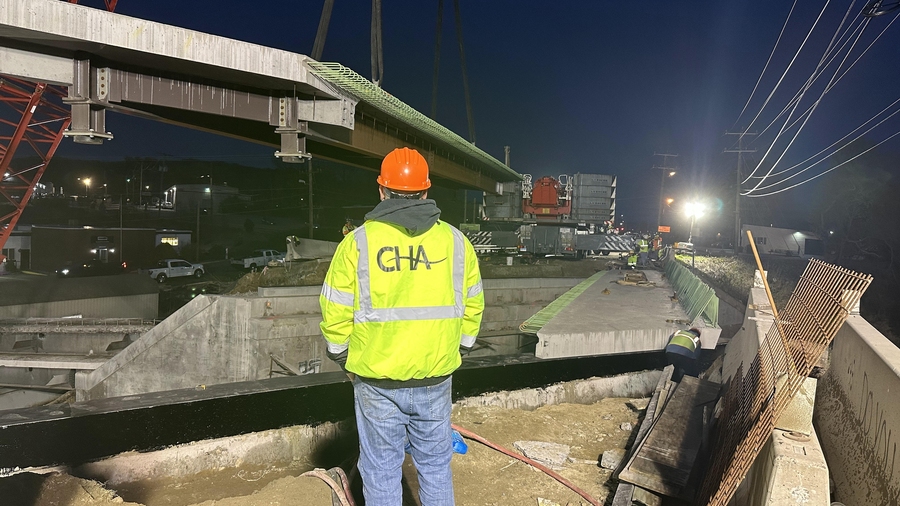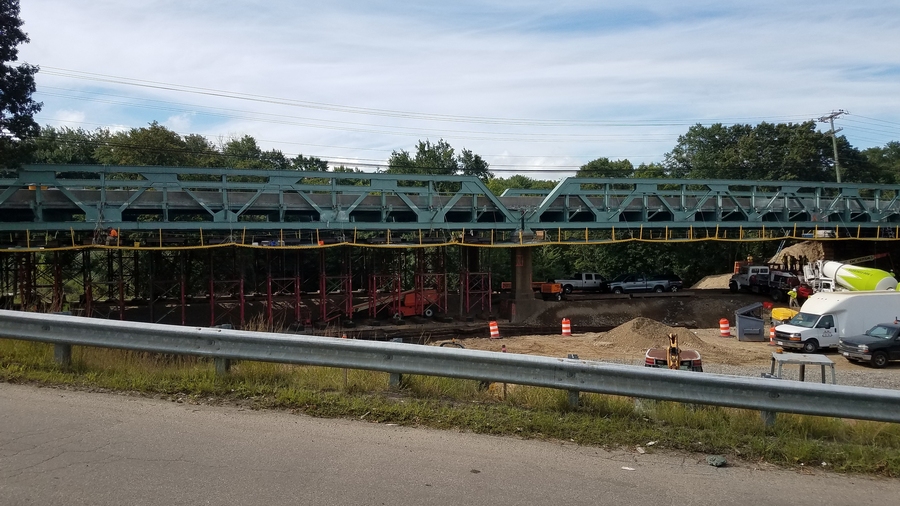Windham Bridges
Route 66 in Windham, Connecticut, was home to two aging bridges located a mere 200 feet apart near the intersection of Recycle Way. This project involved the rehabilitation of Bridge No. 00488, a structurally deficient steel pony truss built in the late 1930s spanning a spur line of Providence & Worcester (P&W) Railroad, and the superstructure replacement of Bridge No. 00489 over the P&W mainline using accelerated bridge construction (ABC) techniques to minimize closure time.
The Connecticut Department of Transportation (CTDOT) entrusted CHA with managing the inspection, deterioration identification, and rehabilitation efforts for Bridge No. 00488, alongside the ABC design for Bridge No. 00489. Overcoming challenges such as a sharp skew, coordination with the railroad, and expiring funding, CHA successfully rehabilitated Bridge No. 00488 while it remained in service. The superstructure replacement of Bridge No. 00489 utilized ABC techniques to minimize closure time. Prefabricated bridge units (PBUs) were selected for the replacement, consisting of two steel girders connected with a section of reinforced concrete deck.
The new structure and associated infrastructure provide enhanced protection and safety for pedestrians and bicycles, making the route safer for all those who travel it. These essential bridge projects are a shining example of the positive impact of engineering solutions on transportation infrastructure, showcasing the importance of adaptability and innovation in the field.
Project summary
The project involved rehabilitating a structurally deficient steel pony truss built in the late 1930s.
Using ABC construction reduced disruption for Route 66 from 10 months to one weekend.
Windham Bridges No. 00488 and No. 00489 sit just 200 yards apart on busy Route 66.
Talk to an expert

Ryan Cooley, PE*
Principal Engineer
Ryan has over 20 years of experience designing, analyzing, and overseeing bridges and vertical structures. His expertise encompasses design, load rating, and contract document development for transportation structures throughout New England. Ryan has been a pivotal figure in pioneering initiatives such as introducing GRS-IBS to multiple DOTs and spearheading the implementation of accelerated bridge construction (ABC) technologies throughout the region.





